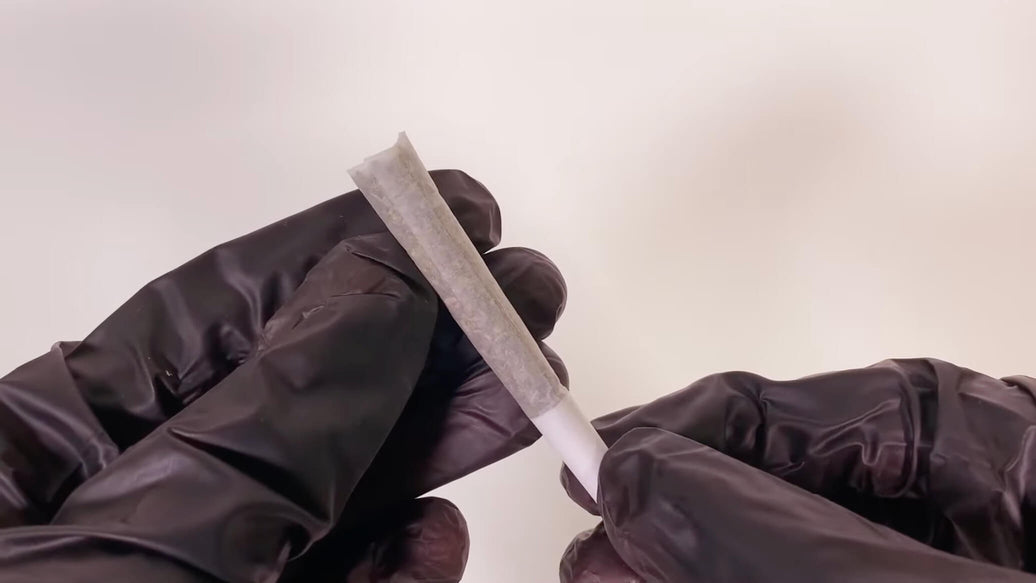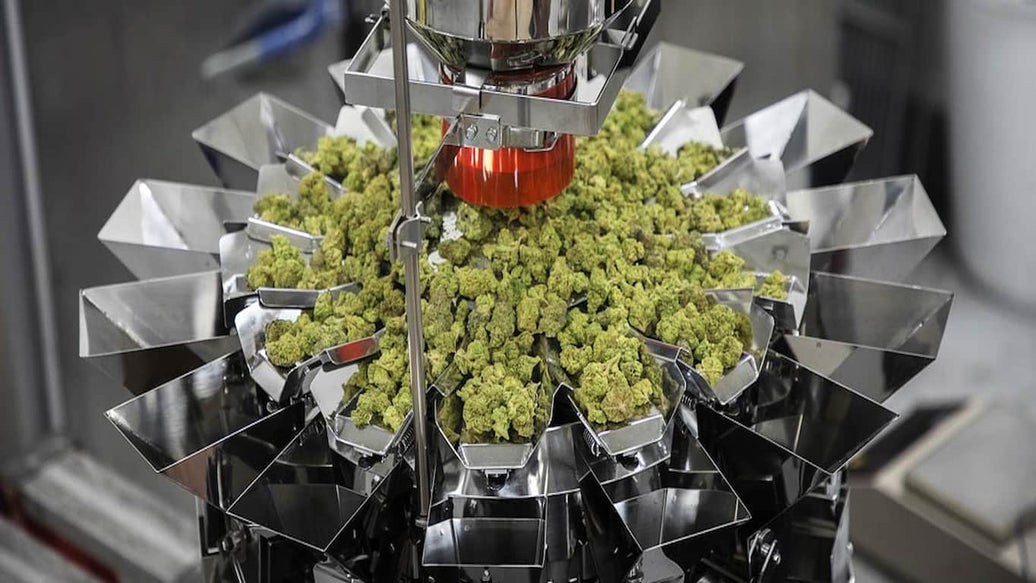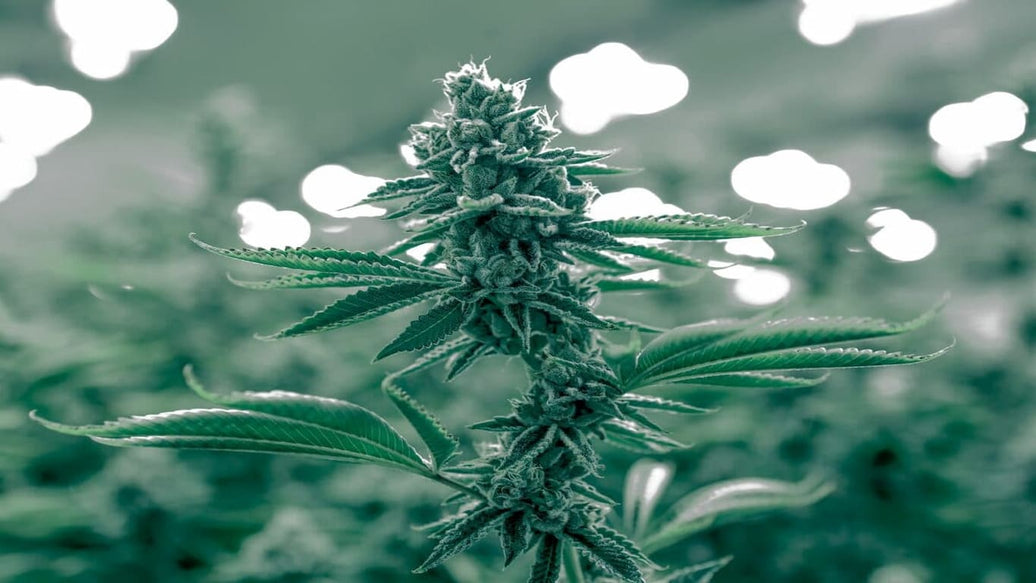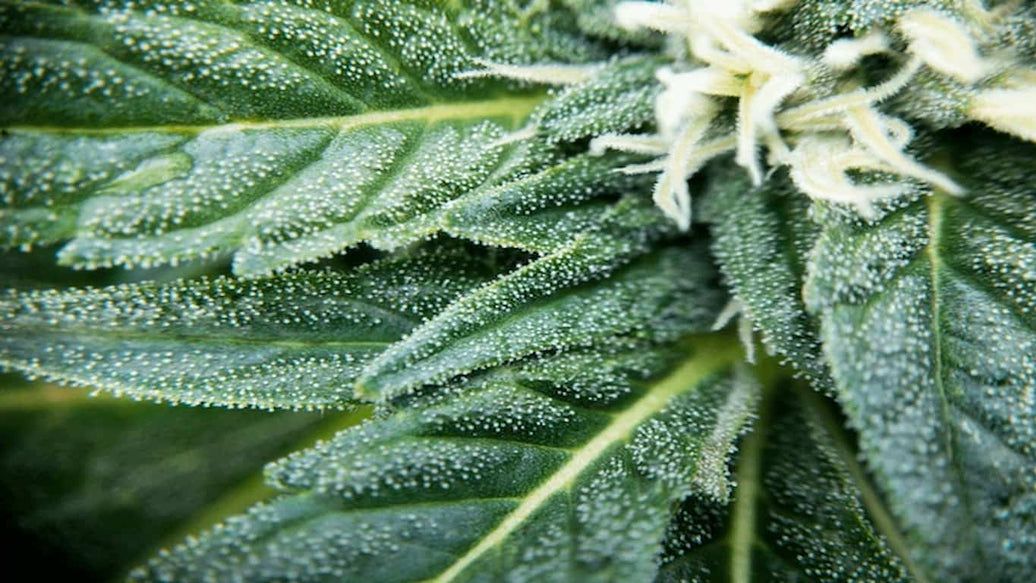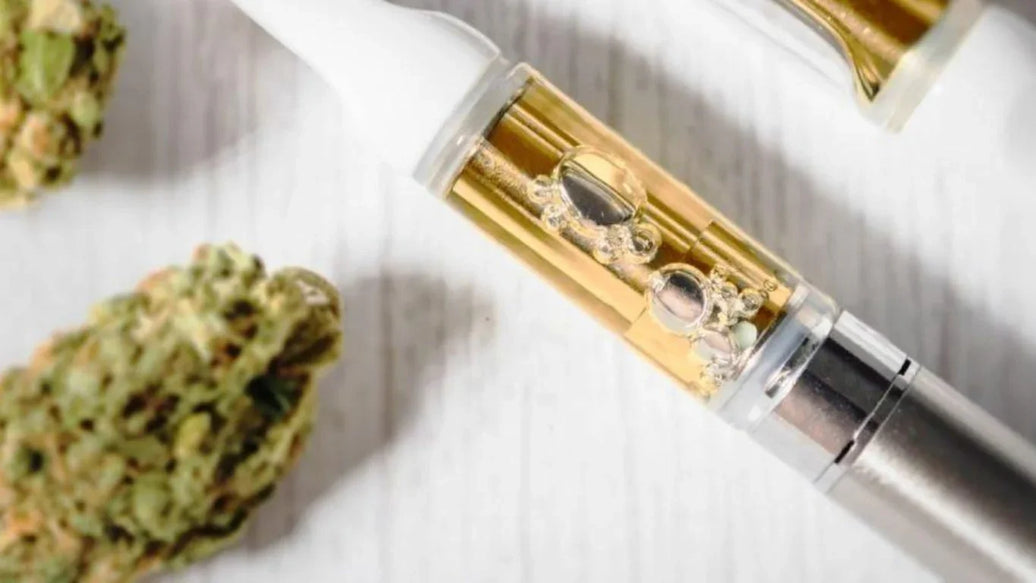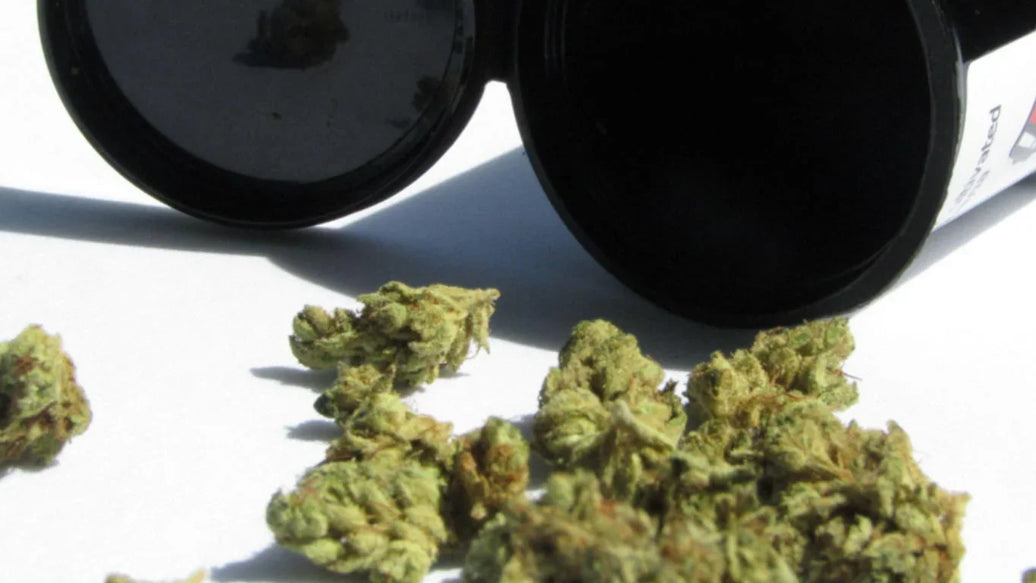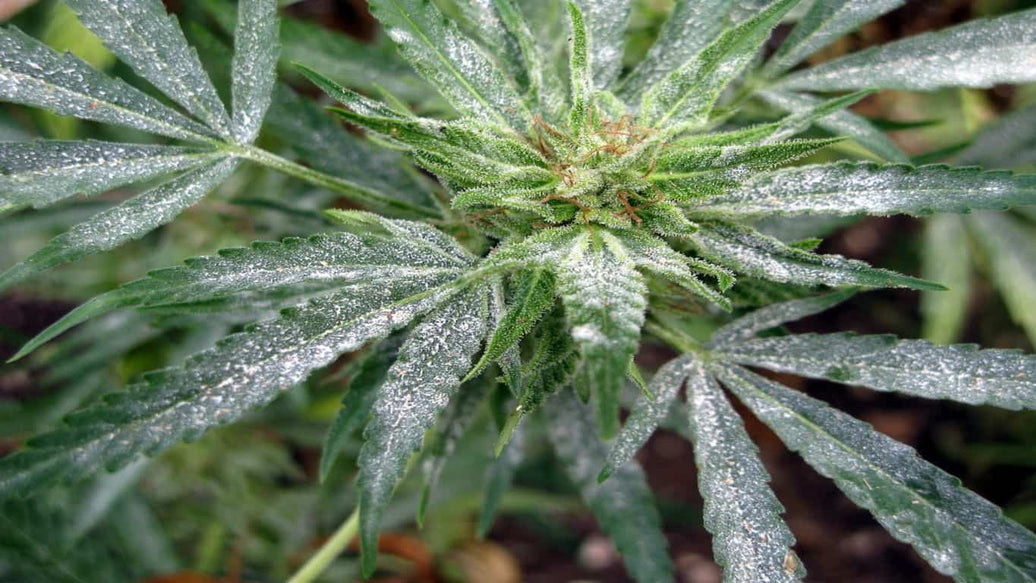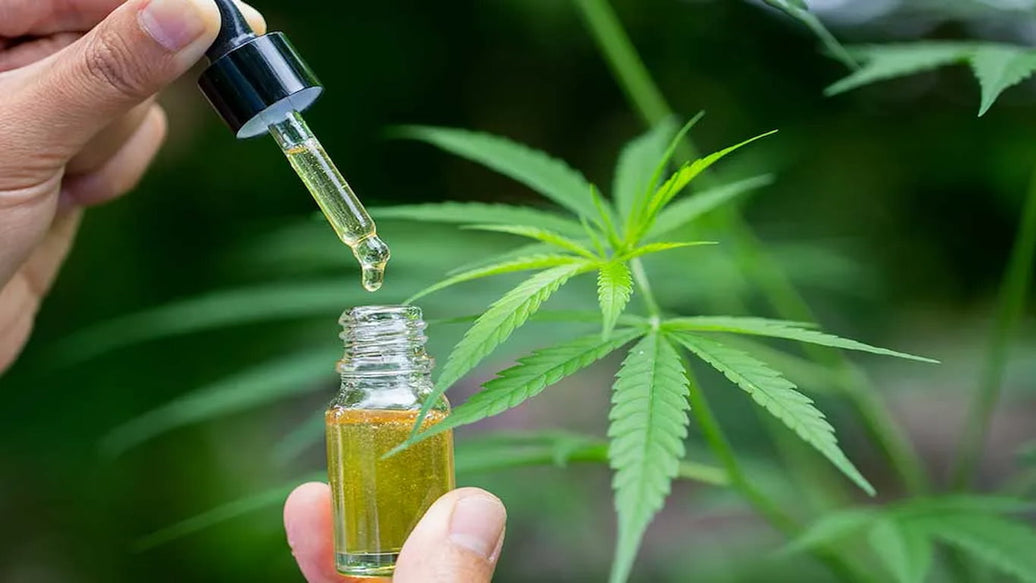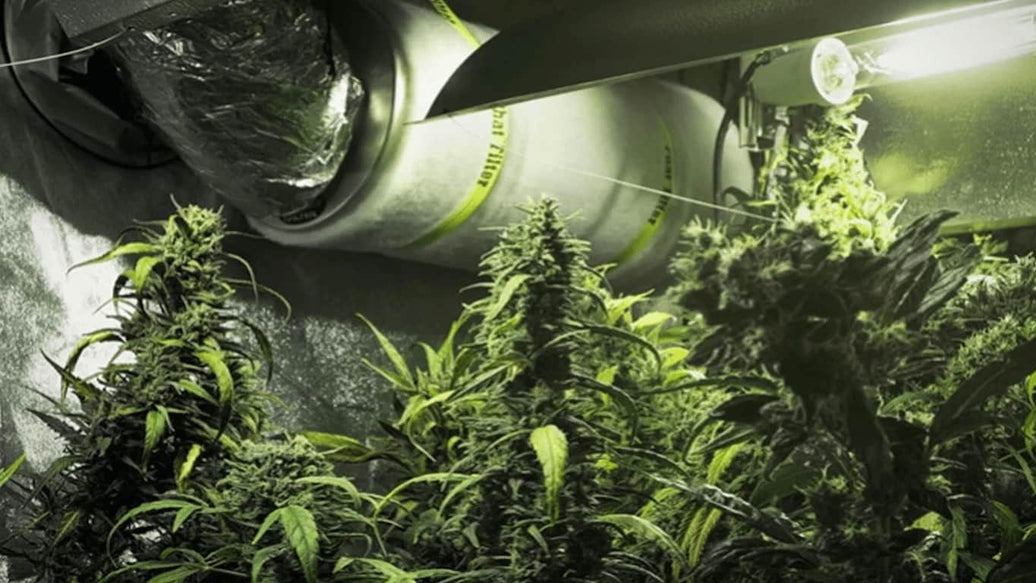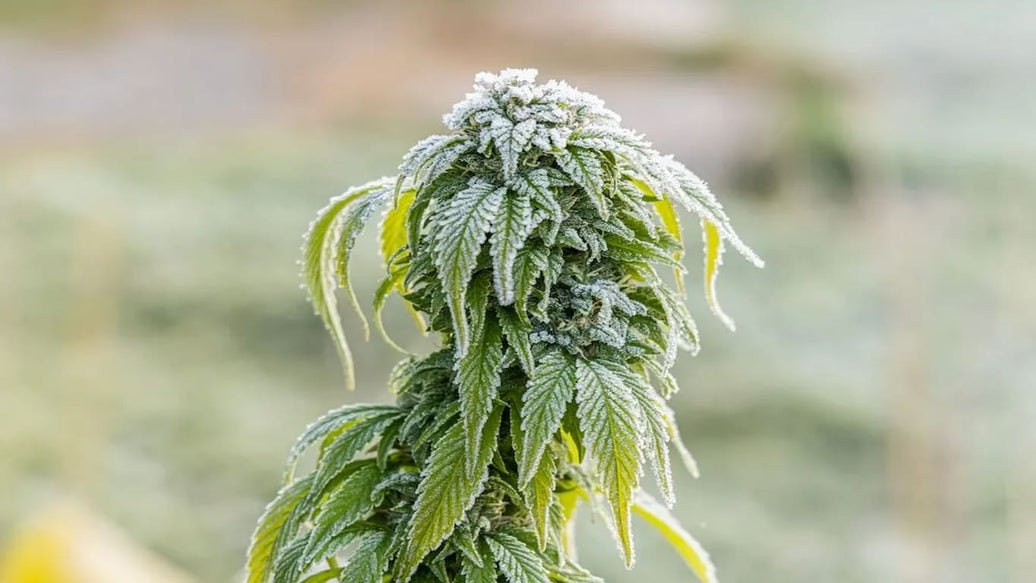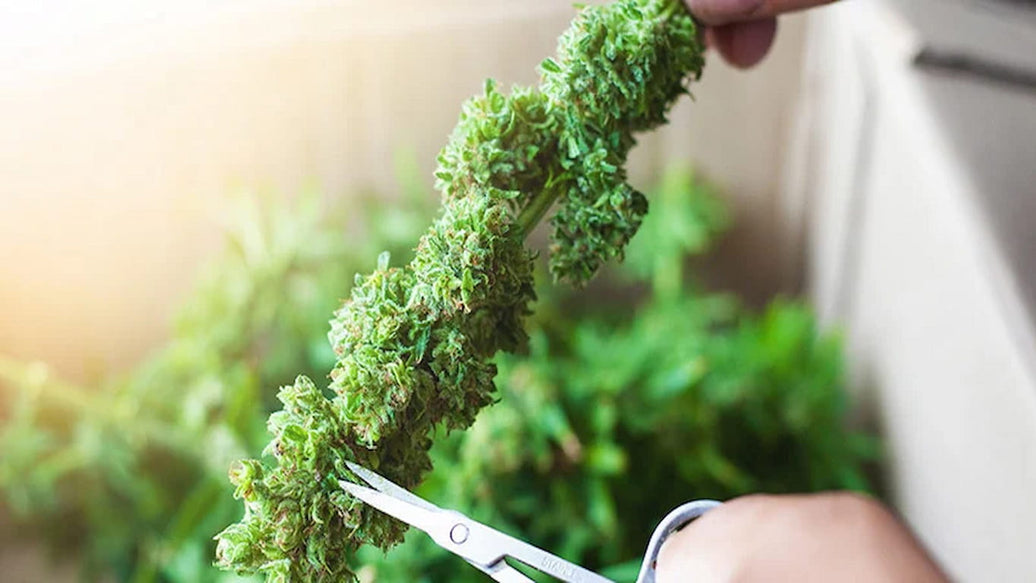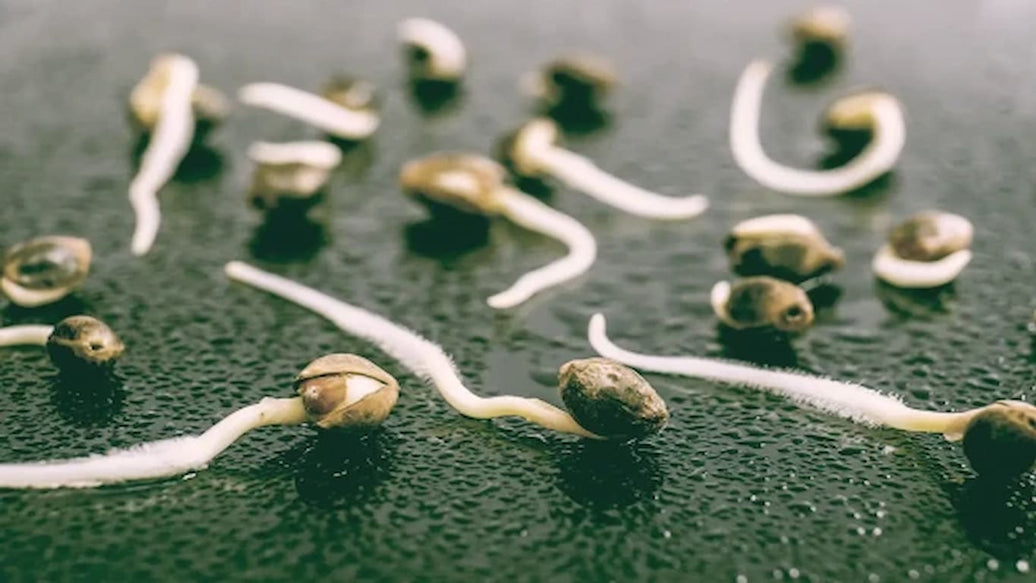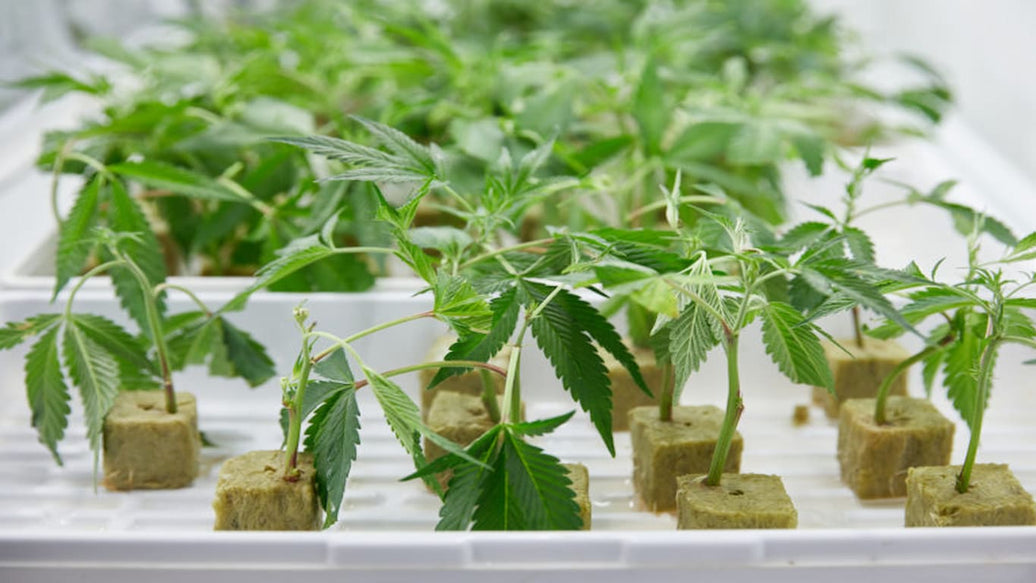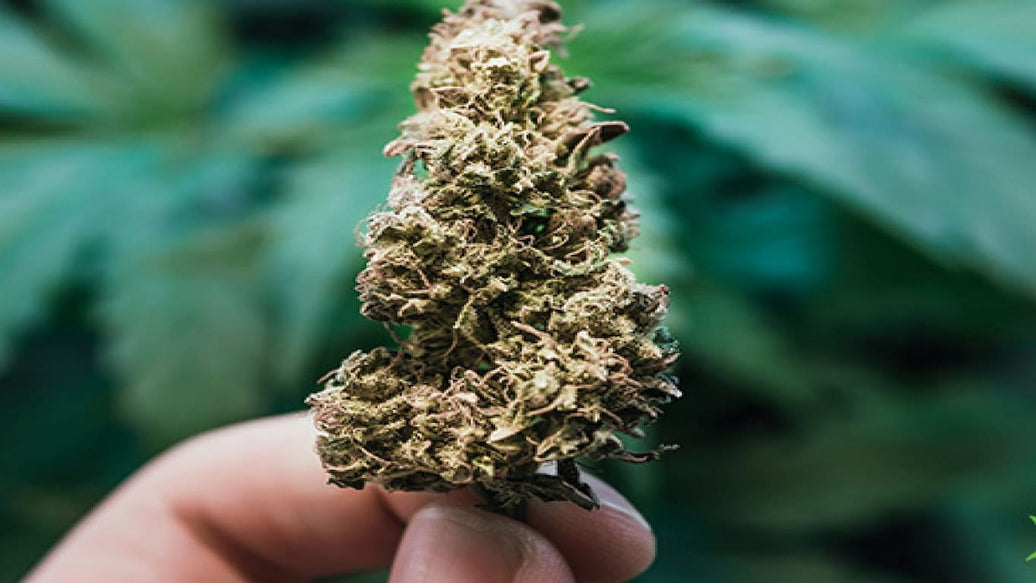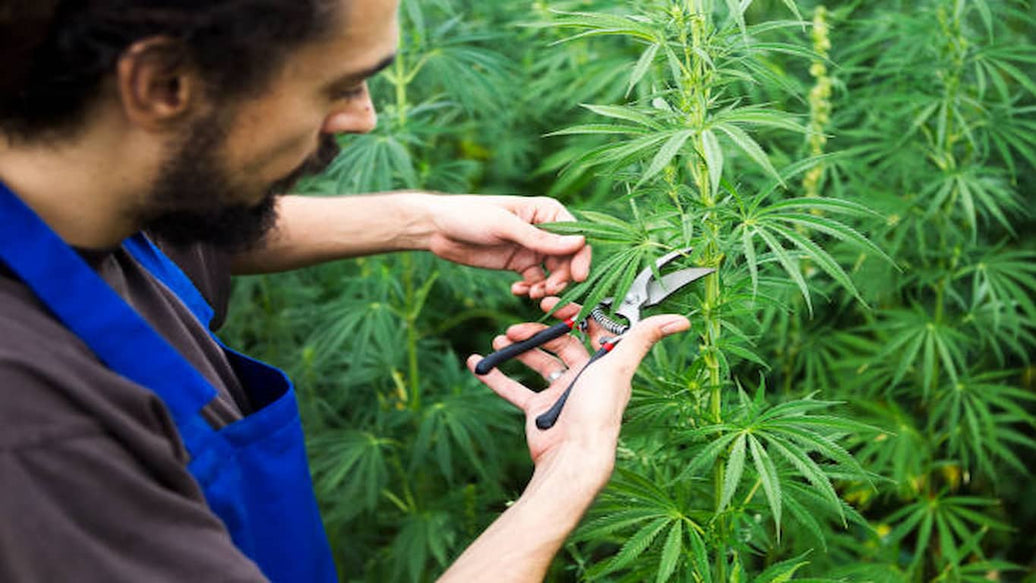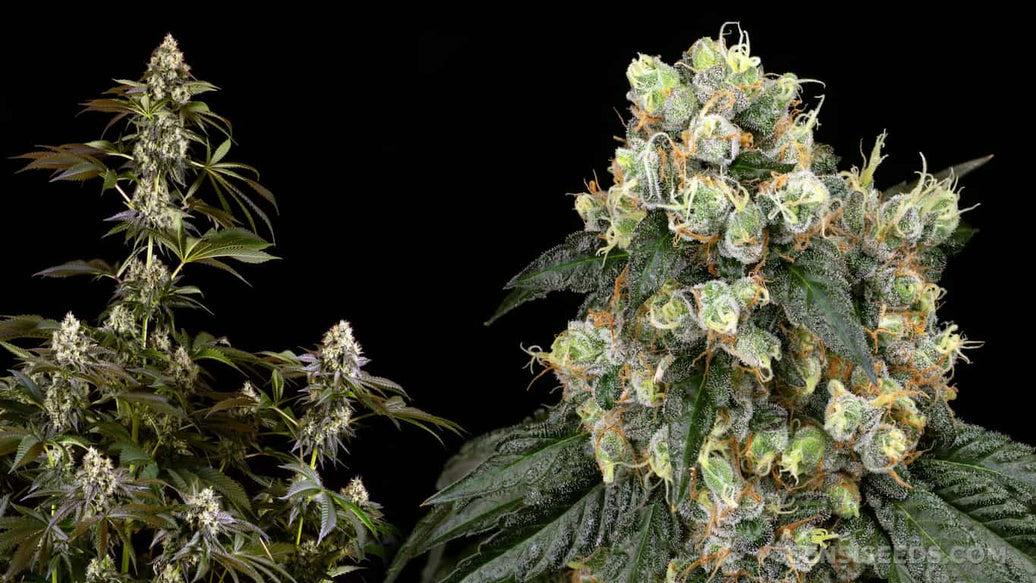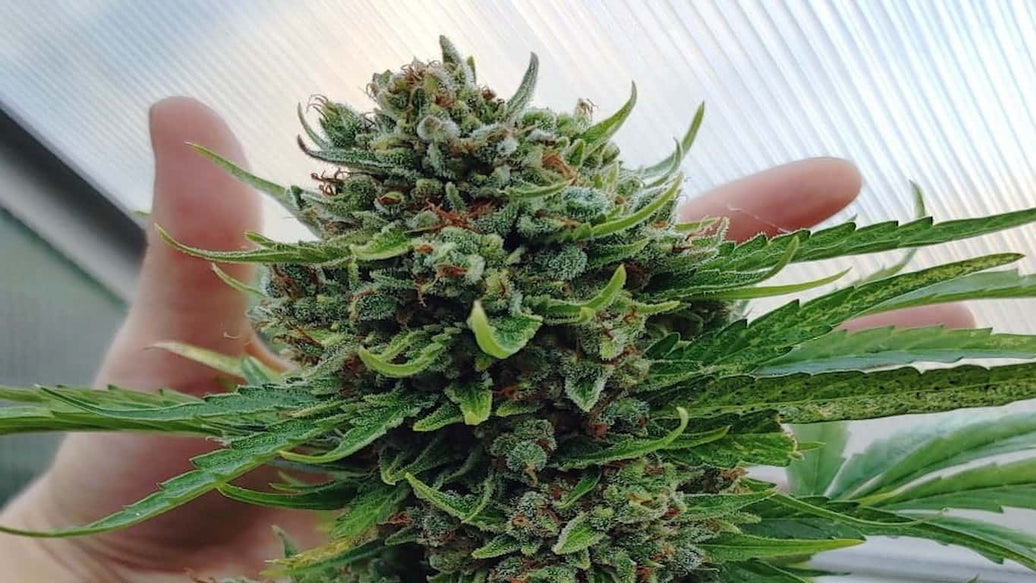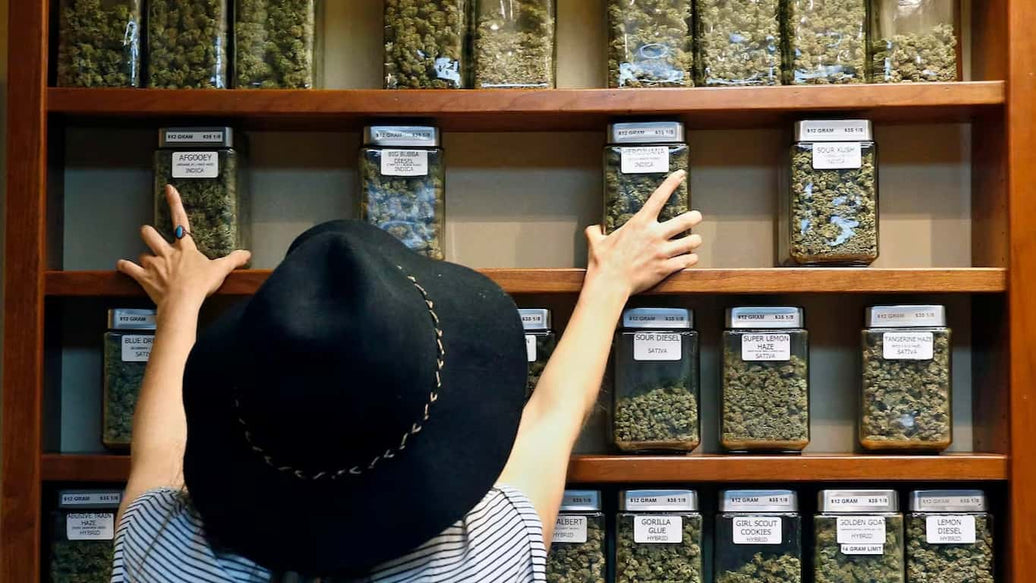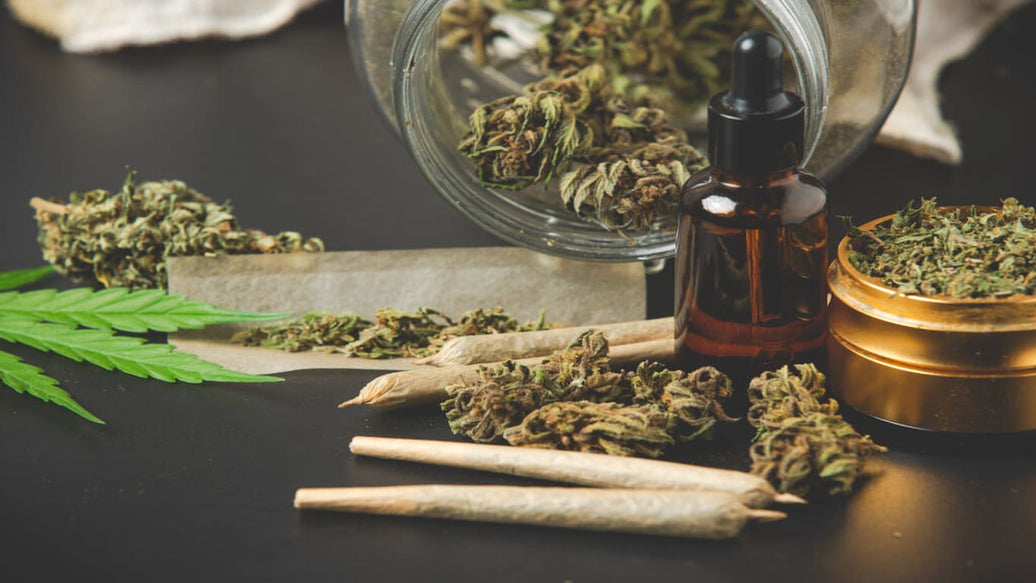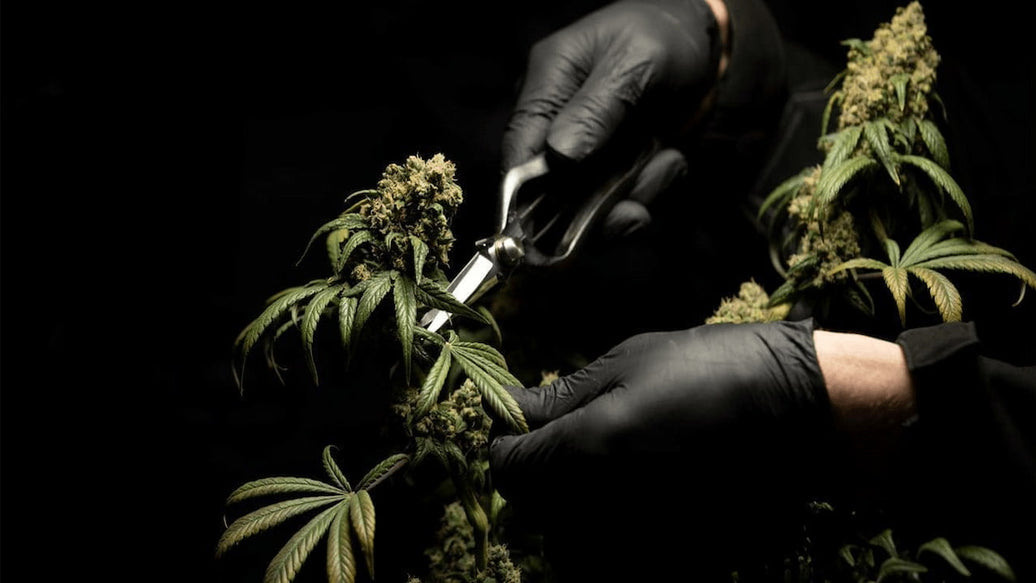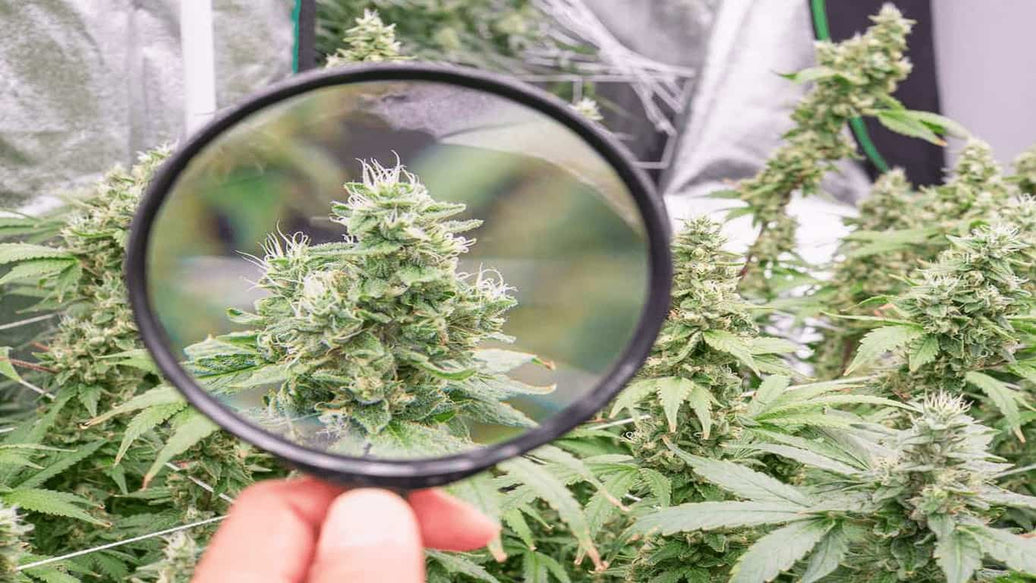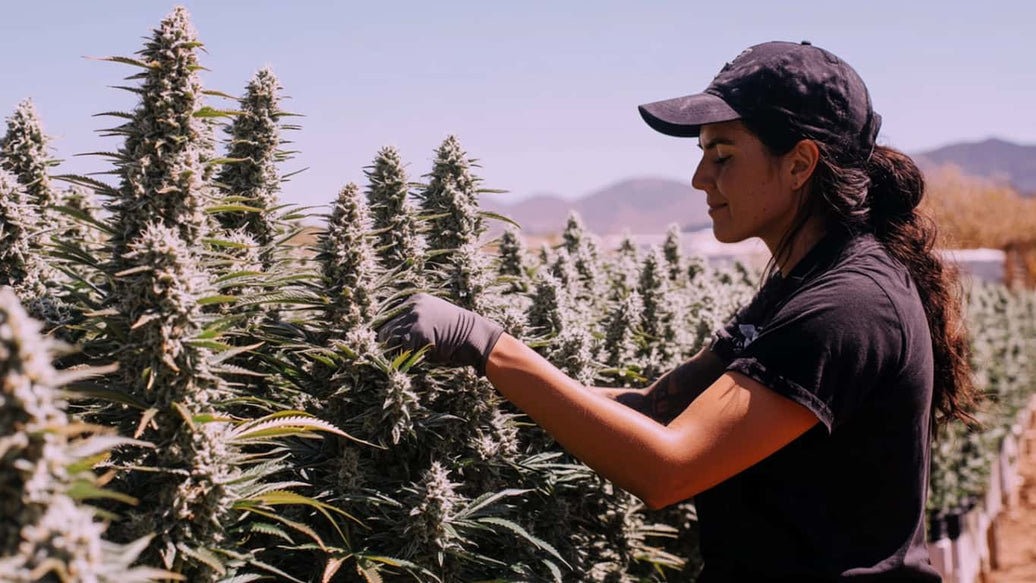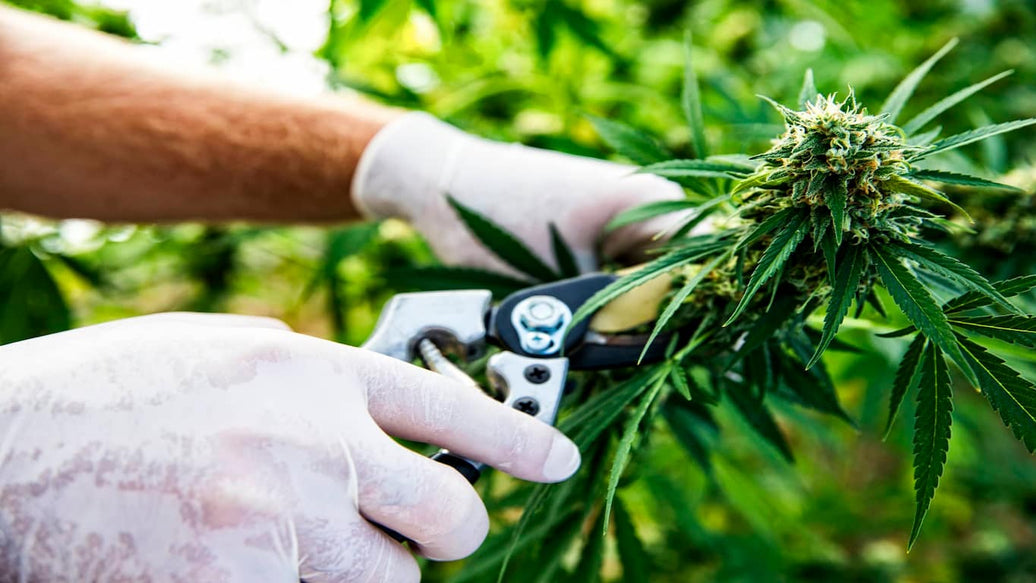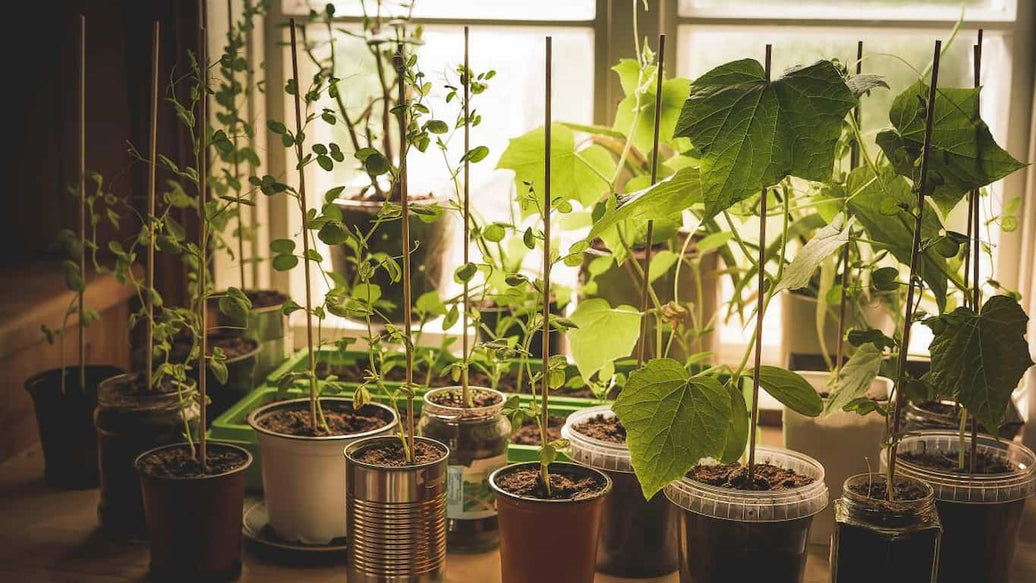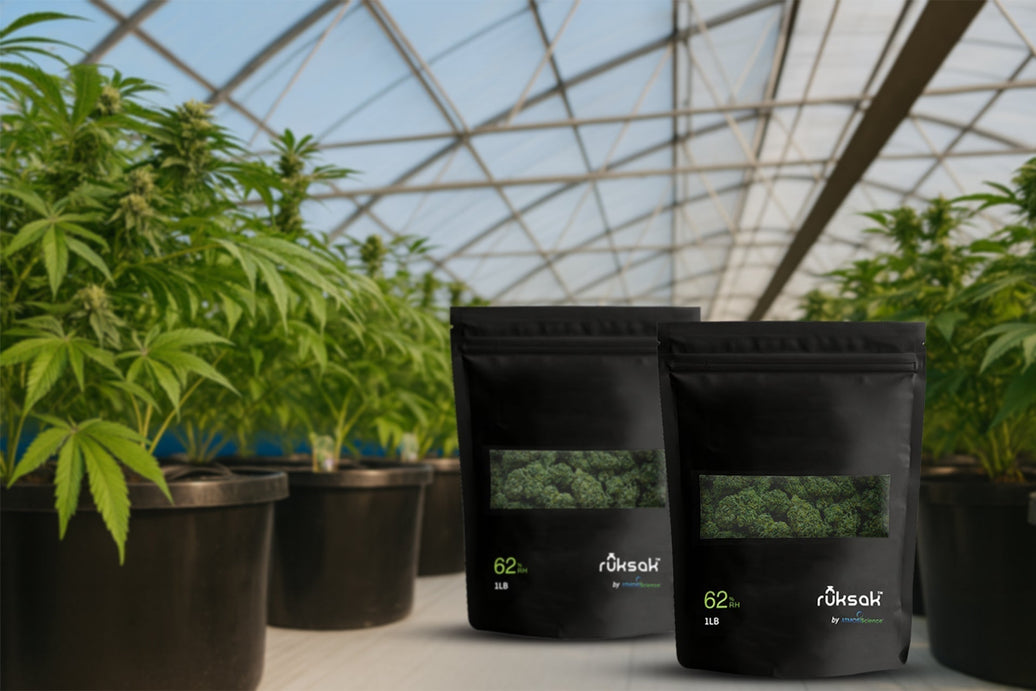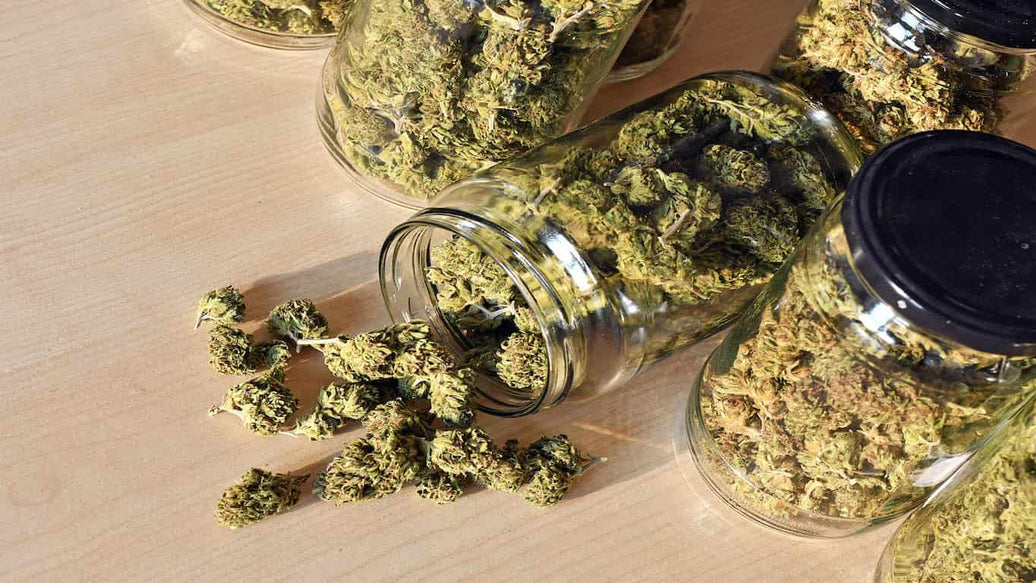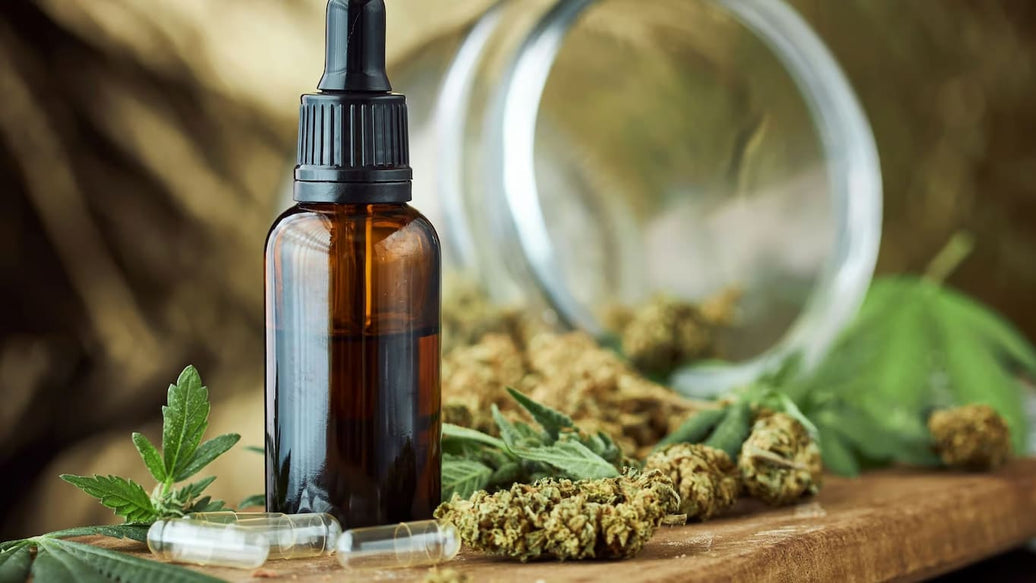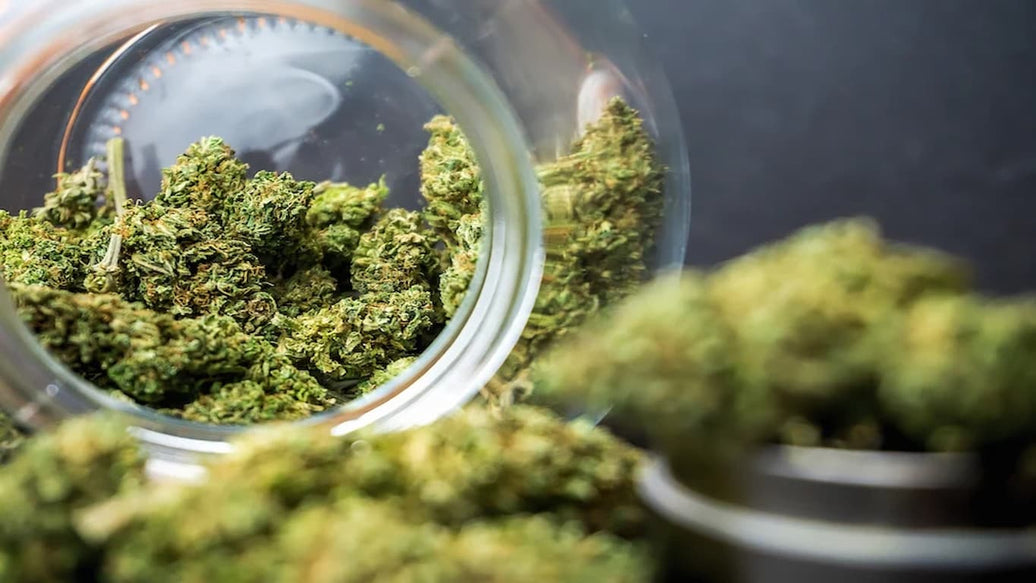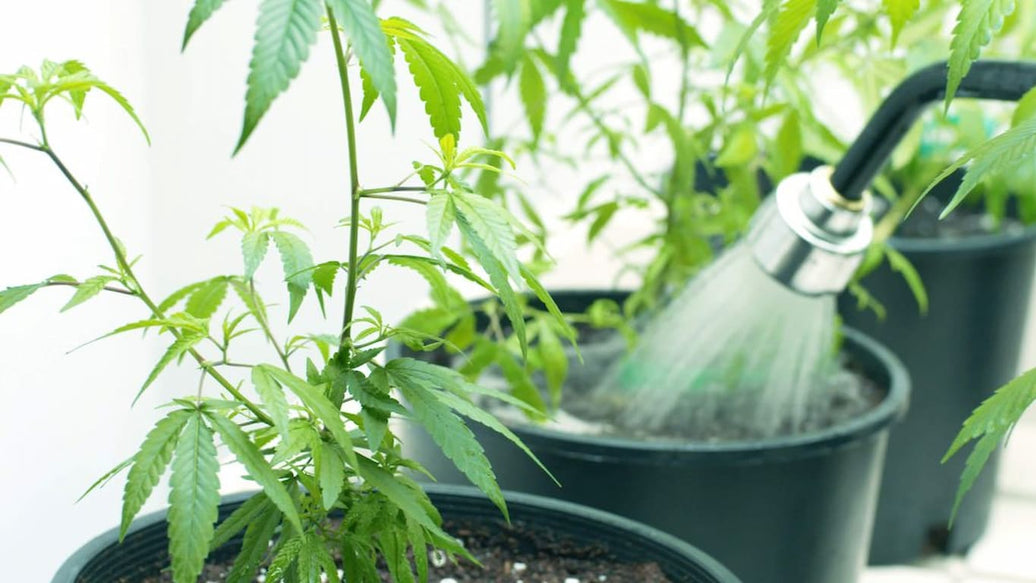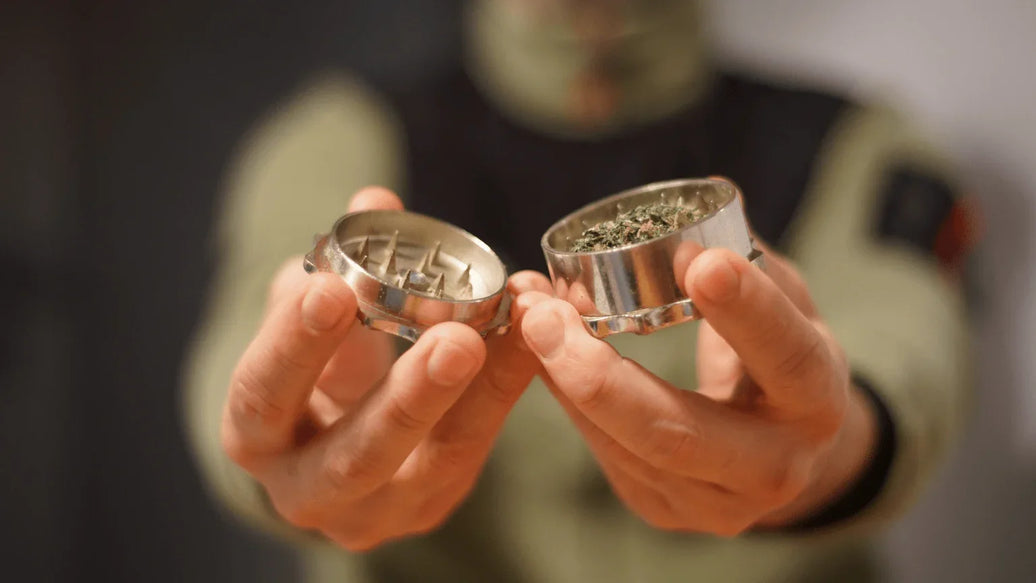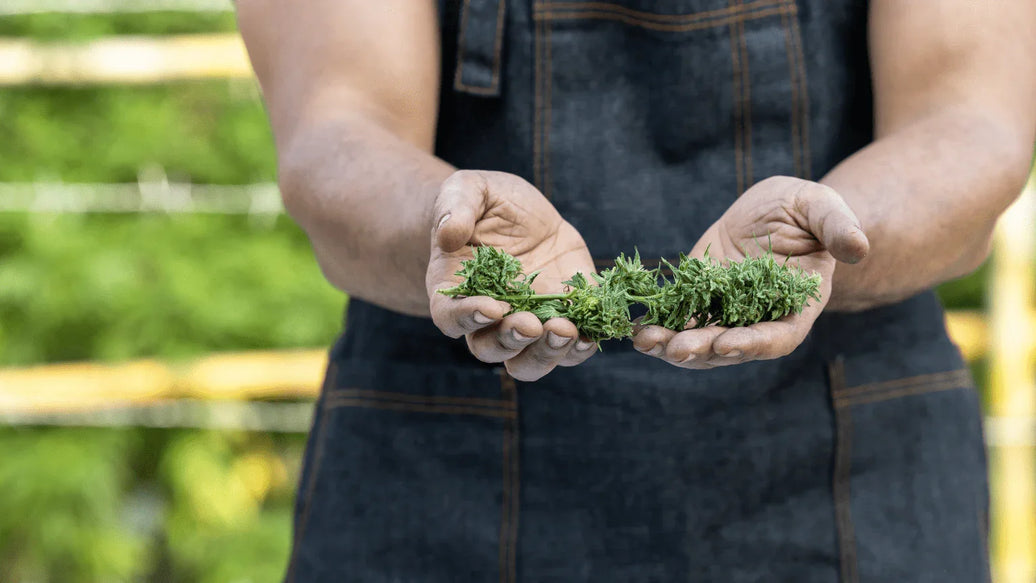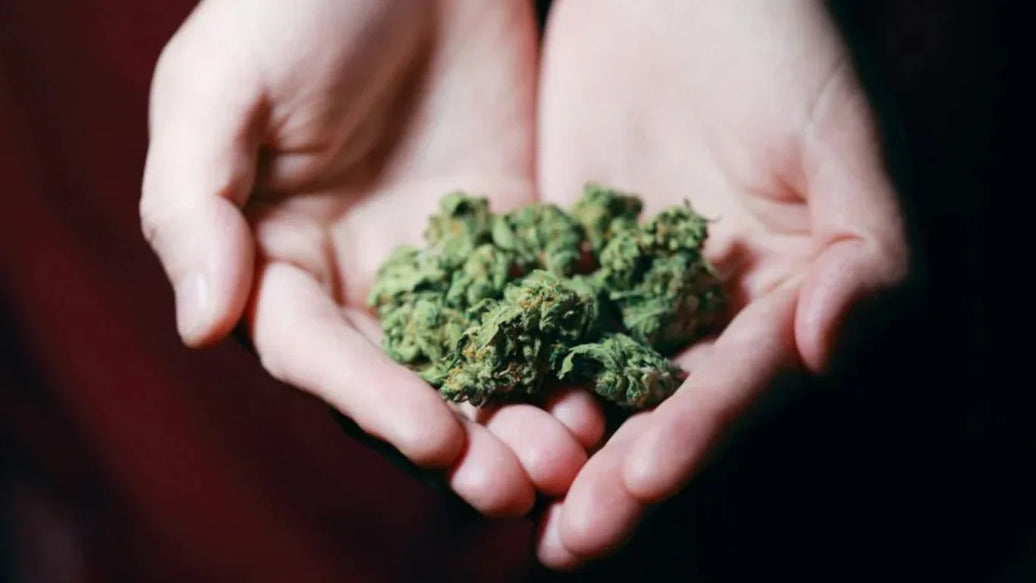Cannabis is a complex plant, far beyond just the well-known cannabinoids THC and CBD. It contains hundreds of compounds, including lesser-known cannabinoids, aromatic terpenes, and flavonoids, all interacting to produce unique effects. Central among these interactions is the entourage effect, a phenomenon where the combined effect of cannabis compounds exceeds the sum of individual parts. Understanding this synergy can lead to better therapeutic outcomes and richer consumer experiences. This blog explores the roots, evidence, and implications of the entourage effect cannabis, and highlights how proper cannabis storage is essential to preserving these precious compounds.

What is the entourage effect?
The entourage effect was first described in 1998 by Israeli researchers Raphael Mechoulam and Shimon Ben-Shabat. Their work on the endocannabinoid system revealed that biologically inactive precursors in the body could enhance the activity of endocannabinoids, signaling a synergistic effect. In cannabis, this concept expanded to describe how cannabinoids like THC, CBD, CBG, along with terpenes and flavonoids, interact to influence the plant’s effects beyond isolated compounds.
Discover: What Exactly Are Cannabis Terpenes?
Cannabinoids bind to CB1 and CB2 receptors in the nervous and immune systems, producing psychoactive and therapeutic effects. Meanwhile, terpenes—the fragrant oils giving cannabis its distinct smell—modulate these effects by altering cannabinoid receptor interactions and offering their own medicinal benefits, such as anti-inflammatory or anxiolytic properties.
A 2024 review by Johnson et al. stated that "terpenes can significantly enhance the pharmacological properties of cannabinoids, suggesting that full-spectrum cannabis extracts may provide superior clinical benefits compared to isolated cannabinoids".
This synergy is also thought to buffer the psychoactive intensity of THC, reducing side effects like anxiety and paranoia. For example, the terpene limonene has been shown to calm nervous system hyperactivity associated with high THC doses.
Though some debate exists about whether terpene levels achieved during smoking or vaping are sufficient for receptor effects, patients and recreational users often report noticeably different experiences from full-spectrum versus isolate products—a strong indicator of the entourage effect cannabis at work.

Why does the entourage effect matter?
The therapeutic implications of the entourage effect are profound. Full-spectrum cannabis extracts containing a broad range of cannabinoids and terpenes tend to produce more effective symptom relief in conditions such as chronic pain, epilepsy, anxiety, and inflammation than isolated THC or CBD products. This means patients can often use lower doses with fewer side effects.
For example, a 2024 clinical trial conducted by Williams et al. found that patients treated with a full-spectrum cannabis oil experienced 40% greater pain relief at lower cannabinoid concentrations compared to those receiving pure CBD isolate. This suggests the combination of compounds in whole-plant extracts engages more therapeutic pathways.
Beyond medical use, the entourage effect cannabis explains why different cannabis strains with similar THC content produce varied sensory experiences and effects; terpenes contribute to flavor profiles and modulate potency, euphoric feelings, and relaxation depth.
However, full-spectrum is not necessarily optimal for everyone. Some individuals prefer isolates for precise dosing or to avoid potential drug testing issues. The key takeaway is that personal preference and therapeutic goals dictate the best product choice.

Scientific evidence and controversies
While preclinical and animal research overwhelmingly supports cannabinoid and terpene synergy, human clinical data remain sparse. A 2024 narrative review by Thompson et al. emphasized the need for more robust human trials, noting that "current evidence for the entourage effect, though promising, is largely circumstantial, highlighting an urgent need for standardized clinical investigations".
One challenge to confirming the effect experimentally is the chemical complexity of cannabis; the large variation in cannabinoid and terpene profiles between plants complicates dosing standardization and reproducibility in clinical trials. Additionally, disentangling true synergy from additive effects or placebo can be difficult.
Nevertheless, studies like the one by Johns Hopkins University showed that the terpene limonene enhanced THC's anxiety-reducing effects, providing concrete evidence of entourage interactions. Sydney University reported that full-spectrum extracts increase cannabinoid absorption by up to 14 times compared to isolates, a pharmacokinetic boost known as the "entourage effect" (Elevated Montana Cannabis Guide, 2025).
As the research matures, cannabis scientists, such as Dr. Ethan Russo, continue advocating for the recognition of terpenes and minor cannabinoids as essential contributors to medicinal cannabis efficacy.
How cannabis storage impacts the entourage effect
Cannabis’s therapeutic magic depends heavily on preserving the intricate balance of cannabinoids and terpenes from harvest to consumption. Terpenes are volatile and prone to evaporation and degradation under suboptimal storage conditions.
Exposure to heat, light, oxygen, and humidity fluctuations accelerates chemical breakdown, leading to loss of aroma, flavor, potency, and ultimately, the entourage effect.
ATMOSIScience-designed cannabis storage products provide the ideal environment to maintain this delicate chemical profile. Features like airtight seals, UV protection, and humidity control stabilize terpene and cannabinoid preservation, allowing users to enjoy consistent, full-spectrum cannabis benefits over time.

For long-term or daily-use storage, prioritize:
- Containers with airtight seals to minimize oxygen exposure
- UV-resistant materials to protect from light damage
- Temperature regulation to keep cannabis cool but not too cold
- Consistent humidity between 55-62% to preserve resin and prevent mold
These practices maximize terpene retention and cannabinoid stability, ensuring preservation of the entourage effect cannabis benefits.
To further explore cannabis chemistry and care, check out the ATMOSIScience's blog: Optimal Weed Storage: Science-Backed Methods for Potency & Safety
Practical takeaways for consumers and patients
- Prefer full-spectrum or broad-spectrum cannabis products (not isolates) for greatest entourage effect synergy.
- Use high-quality, airtight, UV-protected storage containers like those from ATMOSIScience to maintain chemical integrity.
- Review product cannabinoid and terpene profiles to predict effects and therapeutic potential.
- Recognize individual variability; experiment responsibly to identify preferred compounds and synergies.
- Stay informed with updated research and consult knowledgeable dispensaries for guidance.
Conclusion
The entourage effect demonstrates that cannabis’s benefits arise from a rich interplay of plant compounds, not just isolated THC or CBD molecules. Whole-plant cannabis offers enhanced therapeutic and sensory experiences due to this natural synergy, as supported by growing scientific evidence.
Preserving cannabis’s chemical complexity post-harvest is crucial - optimal storage solutions like those from ATMOSIScience protect the entourage effect, maximizing product quality and user benefit.
By understanding and safeguarding this synergy, consumers can unlock the full potential of cannabis for health and wellness.

